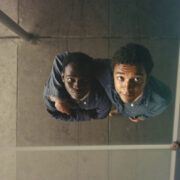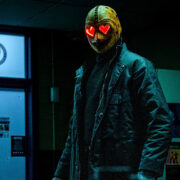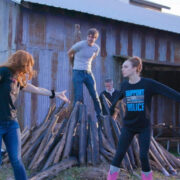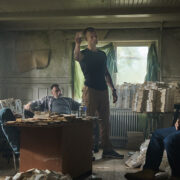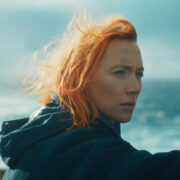Video Dispatches: MELO, DRAGONWYCK & THE BIG CLOCK
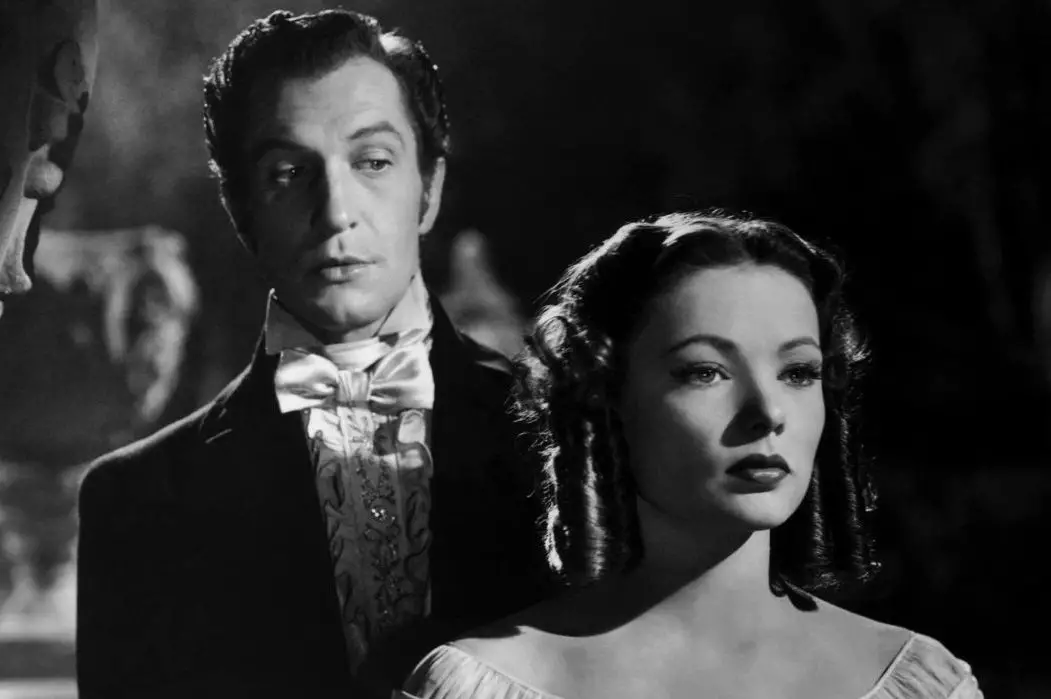
Midwesterner, movie lover, cinnamon enthusiast.
Video Dispatches is a regular column covering recent home video releases.
Melo (1986) – Arrow Academy
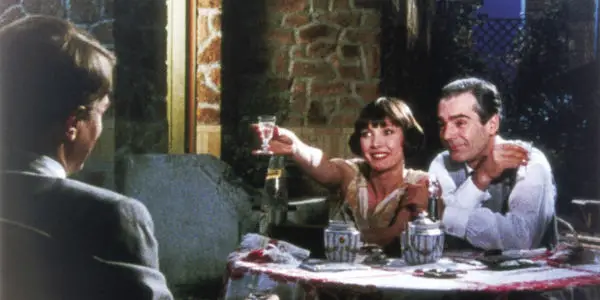
Though I had previously heard Melo referred to as a transitional film for french filmmaker Alain Resnais, the latest release from Arrow Academy makes the case that it’s consistent within the spectrum of his late-career work. Resnais on an archived interview, in a joking yet sincere manner said the film, as Francois Truffaut posited, was a reaction to Love Unto Death. “Nobody liked Love Unto Death, let’s give them more of the same.”
I have to admit to being confused by this. Where as Love Unto Death retains the director’s abstract formalism and philosophical sci-fi bend, Melo’s formalism nears Brechtian levels. As Jonathan Romney points out in one of the disc’s supplements, Melo is part of a larger project of Resnais’ to reclaim theater through cinema.
The film, about a love triangle between two musicians and one of their wives during the late 1920s, opens with a 30-minute scene of the three characters talking over drinks in a suburban Paris courtyard. Resnais allows his characters (played by Sabine Azema, Pierre Arditi and Andre Dussollier) to monologue over extended shots.
Romney also mentions the seductive long takes and charismatic monologues, which have the ability to make the viewer forget you’re watching cinema. So, while there’s a common refrain around chamber drama adaptations and their uncinematic redundancy — like cinema’s novelization — Resnais is actually able to reveal a power explicit to cinema.
The filmmaker’s de facto retort, then, is that adaptations shouldn’t be an opportunity to exploit cinematic conventions at every chance — editing, tracking shots, location shooting, etc. — but to adapt cinematic language to best convey the play’s emotional core. Romney nicely sums this up by citing an anonymous critic from memory, “He doesn’t open up the play, but closes in on it.”
“It’s hard to know whether Resnais has a developed theory about theater and film — in fact, it’s hard to regard him as a theoretician at all — but in practice, he proceeds in Melo as if film and theater were kissing cousins rather than natural enemies or mutually exclusive options,” said Jonathan Rosenbaum in his terrific 1988 Chicago Reader piece, which examines the film from ten distinct vantages.
“Like [Jean] Cocteau in Les Parents Terribles and [Kon] Ichikawa in An Actor’s Revenge, he makes the theatrical cinematic, and the cinematic theatrical. By never letting us forget that we’re watching a play, he allows us to yield the maximum from the fact that we’re watching a movie.”
What Resnais does here is quite a magic trick and reminds me of other slyly experimental late works, like Robert Altman’s The Company, which uses the theatrical performance and production of ballet to explore cinema. That said, the melodrama that follows the first 30 minutes was hard to engage with on an emotional level and, thus, the film remains, on one viewing, something I admire more than I enjoy.
Dragonwyck (1946) – Indicator

Originally planned as an Ernst Lubitsch film, Dragonwyck, a gothic melodrama starring Gene Tierney and a young Vincent Price, became Joseph L. Mankiewicz’s directorial debut after the German auteur suffered a heart attack. According to Neil Sinyard, per his included piece, before agreeing, Mankiewicz balked at producer Darryl F. Zanuck after reading the script, saying the film would be diminished by living in the shadow of Alfred Hitchc*ck’s one-two melodrama punch earlier in the decade: Rebecca and Suspicion.
While Suspicion either differentiates itself enough or it’s just been too long since I’ve seen it, he wasn’t wrong about Rebecca. When reviewing Arrow’s release of My Name is Julia Ross earlier this year, I expressed similar thoughts: as 40s melodramas about gaslit women transported to mansions go, I’m not sure any did it better than Hitchc*ck did in 1940 and ‘46 (Notorious). But Julia Ross manages to be something different — a taut noir.
Dragonwyck, I’m afraid, doesn’t do anything as distinct. In fact, during his meeting with Zanuck, he reportedly admitted “the background is new,” referring to the American-Dutch milieu. Also “new,” of course, are the players, and watching Price in a restrained role that slowly unravels from the tidiness of the regal aristocrat into a demonstrable husband is one of the film’s primary joys, and also, as Sinyard notes, predates the more caricaturistic work he became known for.
“The cinema of Joseph L. Mankiewicz is a cinema of intelligence without inspiration,” wrote Andrew Sarris in The American Cinema. While I wouldn’t hold something like All About Eve to such an assertion, the tag fits the filmmaker’s debut. It’s hard to fault the craft on display in Dragonwyck, but quite easy to fall out of step with its narrative momentum.
Interesting note on Indicator’s release: you can toggle back and forth between a 2017 4K restoration and an HD remaster. From my momentary testing, I much preferred the 2017 version, which appeared clearer.
The Big Clock (1948) – Arrow Academy
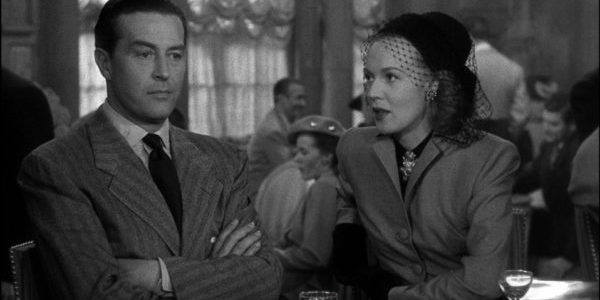
In his book The Dark Side of the Screen, Foster Hirsch compares the opening shot of John Farrow’s 1948 noir The Big Clock and it’s descent from cityscape as real-world backdrop to “studio fabrication” to the opening of Hitchc*ck’s Psycho a dozen years later. That Farrow is able to do this and more with (seemingly) one-shot is remarkable and sets the tone for the camera’s near-constant kineticism.
The opening also drops us in media res on Ray Milland scrambling to stay alive, before setting up a flashback-esque framing device that is just the first of elements that heavily suggest this film was quite an influence on the Coen Brothers’ corporate farce The Hudsucker Proxy.
By design, the film’s plot is quite convoluted: after a magazine magnate, Earl Janoth (Charles Laughton), kills a woman, he tries to frame an unknown man. The editor of his Crimewaves magazine, George Stroud, ends up fitting the description, but he’s also the man Janoth has on the case. Farrow ends up leaning into the inherent screwball nature of such a story, which works uncommonly well with the film’s hard-boiled shell.
Australian film critic Adrian Martin contributes a lovely commentary track to Arrow’s release that goes into detail regarding Farrow’s balletically precise camerawork (although I would’ve liked a bit more detail about the mechanics of the opening shot), Farrow more largely, as well as useful context about many of the players.
Arrow has been on quite a roll over the first half of 2019, releasing a small handful of essential noirs thus far, and The Big Clock ranks toward the top thanks to Farrow’s craftsmanship and ability to successfully commingle noir and screwball tones.
Does content like this matter to you?
Become a Member and support film journalism. Unlock access to all of Film Inquiry`s great articles. Join a community of like-minded readers who are passionate about cinema - get access to our private members Network, give back to independent filmmakers, and more.





